Read on for more information about towns in Ireland:
Tuam, Co.Galway 
Established by St. Jarlath at the beginning of the 6th century, it is 32 km north of Galway City and today is the major town in the north Galway-mid Connaught region. It is a thriving commercial and industrial centre with a well established agricultural hinterland.
The present layout of the town resulted from the Charter of James I of England in 1613 with all roads converging on the town square -which is in fact a diamond shape. This layout disregarded the much earlier Celtic settlement completely.
Lahinch, Co.Clare 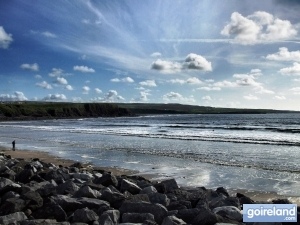
Lahinch, some 3km west of Ennistymon is a very popular holiday resort, noted for its bathing beach and even more famous for its championship links and 18-hole golf course. There is a promenade facing the Atlantic. An Entertainment Centre beside the promenade is open during the high season and offers varied entertainment from bingo to traditional music. The beach offers excellent surfing. Some distance north of Lahinch, at O’Brien’s Bridge, are the remains of Dough Castle, built by Donnchadh O’Connor in 1422, and later appropriated by the O’Briens.
Lahinch’s Blue Flag beach is located in north west Clare. Its waters are safe to swim in and it’s always patrolled by lifegaurds.
Formerly known as Leath Inse, or peninsula, from its water-bound location, its present Irish name derives from a prominent member of the O’Connor clan who is buried here.
Hook Head and Baginbun Head 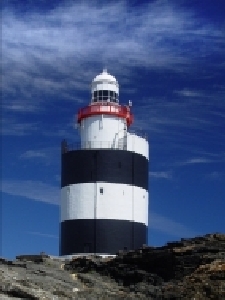
Hook Head is a long, low rocky peninsula, ideal for seawatching in spring and autumn.
The Hook Head and Baginbun areas are top class diving sites in the south east. Visibility is excellent in the clear water here. At the nearby Naomh Seosamh Hotel in Fethard-on-Sea, it is possible to get a compressor. The hotel also has a drying room facility for divers.
Baginbun Head is associated with the first landings of the Normans in 1169.
The famous expression ‘By Hook or by Crook’ is thought by some to have come from Oliver Cromwell when planning to attack Waterford in 1649. Hook may be referring to the Hook Peninsula, while Crooke by extention is a small village just a short distance south from Passage East. The two places have thus achieved a place in history and lasting fame.
Clifden, Galway 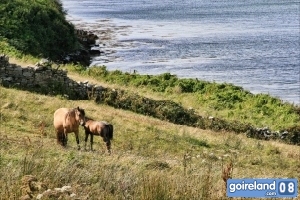
Set amidst the 12 Bens Mountains, the Atlantic Ocean and Connemara, is Clifden. Becoming very popular with visitors to Galway, this is no longer a town that you just drive through.
There is so much for you to see and do in Clifden that everyone will be happy! Why not enjoy a round of golf in near by Connemara Golf Club? This popular golf course is a popular choice for both locals and visitors to the town. Golfers love it as they say it is both a testing and beautiful course! Enjoy panoramic vistas as you play on this 18 hole championship course!
It’s a well known fact that Clifden is an anglers paradise so why not hire some bikes and fishing rods and enjoy a relaxing days fishing! On the way, look out for some Connemara ponies - Clifden is the town most associated with breeding these wonderful animals!
Ballycotton, Cork 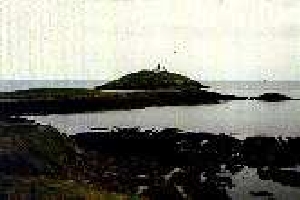
Ballycotton is a sheltered village on the Atlantic coast and a famous sea angling area. There is a cliff walk with beautiful views rising 200ft above sea level. Bird watchers are encouraged to visit the wildlife sanctuary at Ballycotton.
Schull, Cork 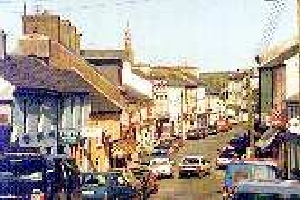
The village is the home to a busy harbour where sailing and fishing take place. There is also a large craft shop in the town. Bronze Age copper mines are located on the sides of the valley. Many artefacts such as copper and stone axes as well as spear heads were found in this area and are now on display in the National Museum in Dublin. There are also many sandy beaches around this area.
Kilronan, Aran Islands 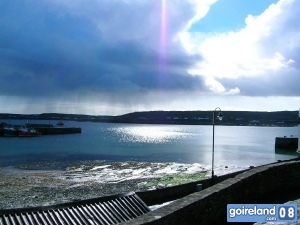
Kilronan is located on Inishmore and is the biggest town on the Aran Islands.
Cushendun Village, Antrim 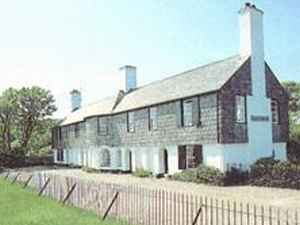
Cushendun was part of the ancient kingdom of Dalriada which included much of County Antrim and the western seaboard of Scotland. The harbour was a busy port ferrying passengers and goods to and from Kintyre.
The completion of the Antrim Coast Road in 1843 opened up the Glens to the rest of Ireland and the area’s dependence upon Scotland quickly declined.
In this century the village was transformed by Ronald McNeill the MP for the area who later became Lord Cushendun. He commissioned the famous architect, Clough Williams-Ellis, the designer of the Italian style village of Portmerrion in Wales, to build several distinctive dwellings for his tenants and servants.
The square which gives the village its character was built in 1912 and the Cornish style Maud Cottages, a memorial to Lord Cushendun’s wife Maud, were completed in 1925.
The National Trust acquired a substantial part of the village in 1954 and has carried out a great deal of conservation work on the houses and the small beach.
Adare, Limerick
Often regarded as Ireland’s most picturesque village, Adare’s Main Street is lined with thatched cottages. The village, which is set on the banks of the River Maigue, has changed little since the late 19th century. While several buildings are of considerable antiquity. Desmond Castle dates back to the 14th century. While parts of the Church of the Most Holy Trinity (catholic) date back to the 13th century. and parts of the parish Church of Ireland church were built in the 14th century. Adare’s new heritage centre uses artefacts, models and an audio-visual presentation to portray the hisory of Adare from its foundation in 1233. It also has craft shops and a restaurant.
Cobh, Cork
Cobh’s landmark Cathedral clings miraculously to the town’s steep slopes as they sweep down to the sea of Cork Harbour. That was also the last bit of Irish soil millions of Irish had under their feet before emigrating from here across the ocean in the last century. Cobh was also the final port of the call for the ill fated liner the HMS Titanic. This tragic part of the nation’s history as well as Cobh’s historic and maritime story is brought alive in the splendid Interpretative Centre.
